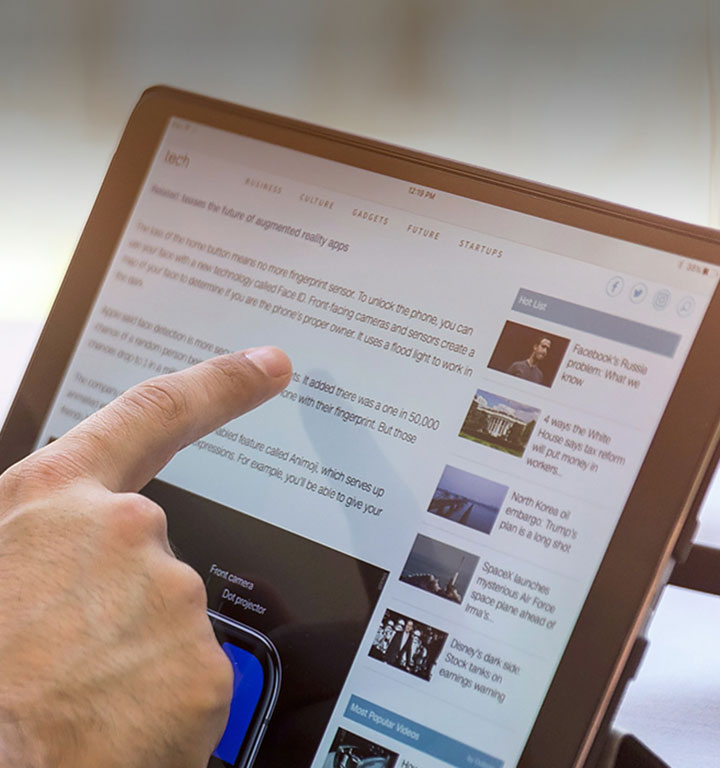

It is reported that sationary energy in Battery Energy Storage System (BESS) will significantly arise in ten years, while Lithium-ion technology will lead this growth as the price of battery has fallen by an average of 6% yearly due to the falling prices of lithium iron phosphate (LFP) and lithium nickel cobalt manganese (NCM) batteries (the two most commonly used lithium-ion battery technologies) since 2018, from the latest report of Praxis Global Alliance, Indian Consulting Company. (from: https://www.pv-magazine-china.com/)
It is estimated that Indian energy storage market will take up 35% of global battery energy storage development capacity by 2040. According to a report by the India Smart Grid Forum, the demand for stationary energy storage in India is expected to increase nine times at a rate of 22% per year during the fiscal year 2022-2032. The key factors driving this growth lie in strong solar power targets and end users' demand for green energy transition.
By 2030, the overall price of LFP and NCM batteries is expected to drop to approximately US$80 and US$100/kWh, respectively. In addition, the total cost of ownership (TCO) of these two lithium-ion battery technology is expected to be reduced by nearly half from current levels, which makes the cost-economic benifits of solar energy and battery energy storage resulting in the electricity price of LFP, NCM battery at 7.0-7.7 Rupees ($0.09-0.10) and 7.8-8.7 Rupees ($0.10-0.12) per kWh respectively by 2030.
"With the decline of battery price, India can replicate the existing global utility scale and final consumer model for battery energy storage. Nowadays, industrial and commercial users have used examples of replacing diesel generator sets." from the analysist of Praxis.
Green Energy would be the economical choice of residential, industrial and commercial, and power grid with the popularity of lithium-ion battery application in rectent years.